Where to Invest Your Budget in a Landscape Renovation
Pros weigh in on where to put your money for long-lasting benefits and cost savings down the line in a landscape redo
Lauren Dunec Hoang
March 21, 2022
Houzz Editor; landscape designer and former garden editor for Sunset Magazine and in-house designer for Sunset's Editorial Test Garden. Her garden designs have been featured in the Sunset Western Garden Book of Landscaping, Sunset Western Garden Book of Easy-Care Plantings (cover), Inhabitat, and POPSUGAR.
Houzz Editor; landscape designer and former garden editor for Sunset Magazine and... More
Whether you’re planning to spruce up your front yard or are embarking on a full-scale landscape remodel, determining where to invest your budget can feel like navigating an endless stream of decisions that is not always straightforward.
To help with this decision process, we have tapped professionals in the landscape design field to discuss where you might want to splurge and where you can save in a landscape redesign. First, we’ll cover where it makes sense to invest your budget, including a master plan, high-impact elements, long-lasting materials, outdoor furniture and more.
To help with this decision process, we have tapped professionals in the landscape design field to discuss where you might want to splurge and where you can save in a landscape redesign. First, we’ll cover where it makes sense to invest your budget, including a master plan, high-impact elements, long-lasting materials, outdoor furniture and more.
1. A Master Plan
Just as you wouldn’t embark on a substantial trip without a clear map, don’t start a large-scale landscape overhaul without a master plan, even if you plan to accomplish the project in phases. Your master plan will act as a blueprint for your yard, with a complete mapping of plants, hardscape, shade structures, water features and anything else you’re planning to include in your landscape design. It also will include practical elements, like where to extend utility lines if needed.
Even if you don’t plan to renovate your entire landscape at once, consider commissioning a master plan for what you’d like to achieve with your outdoor space. “With a complete master plan, a client can break a project into logical and affordable phases of construction,” says landscape architect Steve Kikuchi of Kikuchi + Kankel Design Group. It allows the designer and homeowner to map out a logical design and construction schedule, preventing costly and avoidable surprises, like needing to dig through planted beds to trench utility lines or haul heavy equipment over a newly installed patio, down the line.
Just as you wouldn’t embark on a substantial trip without a clear map, don’t start a large-scale landscape overhaul without a master plan, even if you plan to accomplish the project in phases. Your master plan will act as a blueprint for your yard, with a complete mapping of plants, hardscape, shade structures, water features and anything else you’re planning to include in your landscape design. It also will include practical elements, like where to extend utility lines if needed.
Even if you don’t plan to renovate your entire landscape at once, consider commissioning a master plan for what you’d like to achieve with your outdoor space. “With a complete master plan, a client can break a project into logical and affordable phases of construction,” says landscape architect Steve Kikuchi of Kikuchi + Kankel Design Group. It allows the designer and homeowner to map out a logical design and construction schedule, preventing costly and avoidable surprises, like needing to dig through planted beds to trench utility lines or haul heavy equipment over a newly installed patio, down the line.
Most homeowners hire a landscape architect or designer to draw up a master plan. Fees vary depending on the professional and the size and scope of the project, but prices can fall between $1,000 to $5,000 or can even be higher.
While a master plan may feel expensive upfront, Kikuchi points out that investing in a full master plan from the start can lead to cost savings down the line. “I always encourage master plan services, as our fees will be a lesser cost total than designing numerous separate projects over a span of years,” he says.
While a master plan may feel expensive upfront, Kikuchi points out that investing in a full master plan from the start can lead to cost savings down the line. “I always encourage master plan services, as our fees will be a lesser cost total than designing numerous separate projects over a span of years,” he says.
2. Skilled Artisans and Installers
Investing in experienced installers is key to ensuring proper installation of a landscape plan. “The design can only get you so far,” says landscape designer and contractor Heather Sweeney of Mom’s Design Build. “You need to have a great crew behind you that can implement the design and understand what is important.”
Sweeney designed this cottage-style landscape outside a home in Minneapolis. Touches like a new custom arbor and pathways made of a mix of pavers and brick prominently showcase the skill of her installation team.
The decisions to repurpose materials and refinish the existing white picket fence, rather than installing a new one, helped save Sweeney’s clients’ budget without compromising style.
Investing in experienced installers is key to ensuring proper installation of a landscape plan. “The design can only get you so far,” says landscape designer and contractor Heather Sweeney of Mom’s Design Build. “You need to have a great crew behind you that can implement the design and understand what is important.”
Sweeney designed this cottage-style landscape outside a home in Minneapolis. Touches like a new custom arbor and pathways made of a mix of pavers and brick prominently showcase the skill of her installation team.
The decisions to repurpose materials and refinish the existing white picket fence, rather than installing a new one, helped save Sweeney’s clients’ budget without compromising style.
If you’re hiring a contractor, mason, woodworker or other artisan or installer, do your research and hire the best one you can afford. Read reviews online, look at examples of candidates’ past work and go by referrals. If you’re working with a design-build firm or a well-connected landscape contractor, the pro will likely coordinate and hire specialty artisans on your behalf.
Find a landscape contractor on Houzz
Find a landscape contractor on Houzz
3. Hardscape and Other Permanent Elements
When it comes to permanent features of the landscape, such as patios, walkways, steps and retaining walls, it pays to invest in the best quality and installation you can afford. Choose durable, long-lasting materials like natural stone, rot-resistant wood, brick, concrete and tile, and work with an experienced installer.
Landscape designer Kathryn Prideaux in Tucson, Arizona, says pools are one element to invest in wisely. “It is absolutely critical to use a reputable pool contractor that has experience and good referrals,” Prideaux says. “Homeowners can really get themselves into trouble down the road by trying to save money on pool construction.”
When it comes to permanent features of the landscape, such as patios, walkways, steps and retaining walls, it pays to invest in the best quality and installation you can afford. Choose durable, long-lasting materials like natural stone, rot-resistant wood, brick, concrete and tile, and work with an experienced installer.
Landscape designer Kathryn Prideaux in Tucson, Arizona, says pools are one element to invest in wisely. “It is absolutely critical to use a reputable pool contractor that has experience and good referrals,” Prideaux says. “Homeowners can really get themselves into trouble down the road by trying to save money on pool construction.”
Prideaux designed this 29-by-9-foot plunge pool in a Tucson backyard for the homeowners to cool off in the desert heat. She says that elements such as in-floor pop-up cleaning heads and a durable interior finish help give the pool longevity and save in maintenance costs over time.
4. At Least 1 High-Impact Feature
It’s worth considering splurging on at least one standout element that elevates your overall design, acting as a focal point, a functional feature or both. This can vary depending on your site and design, from a specially detailed shade pergola to a water feature or specimen tree.
This Berkeley, California, front yard needed increased privacy and security, and a wooden fence and entryway gate add beauty and serve a function. “A formal entry gate is something that people will see, touch and feel daily for many years,” says Ian Moore, who designed the garden and also built the fencing and gate by hand.
It’s worth considering splurging on at least one standout element that elevates your overall design, acting as a focal point, a functional feature or both. This can vary depending on your site and design, from a specially detailed shade pergola to a water feature or specimen tree.
This Berkeley, California, front yard needed increased privacy and security, and a wooden fence and entryway gate add beauty and serve a function. “A formal entry gate is something that people will see, touch and feel daily for many years,” says Ian Moore, who designed the garden and also built the fencing and gate by hand.
Moore says that when it comes to gate design, the quality of materials and workmanship can make a big difference in how long the gate or fencing lasts. For the Berkeley garden, he used western red cedar, a naturally rot-resistant wood, for the fencing and gate and high-quality hinges and latches. “Your gate is only as good as its hardware,” Moore says.
5. Problem Solvers for Site Challenges
If your site comes with existing challenges — such as a steep slope or drainage issues — cheap, cobbled-together solutions will rarely solve the problems and can lead to larger issues (and bigger expenses) down the line. It’s wise to invest in the right solution upfront.
Adding retaining walls to this sloped Denver front yard solved an awkward grade change and enhances the home’s curb appeal. Dustin Farmer of Stems Garden Design + Maintenance, who designed the garden, used the retaining walls to showcase a selection of low-water and native plants.
If your site comes with existing challenges — such as a steep slope or drainage issues — cheap, cobbled-together solutions will rarely solve the problems and can lead to larger issues (and bigger expenses) down the line. It’s wise to invest in the right solution upfront.
Adding retaining walls to this sloped Denver front yard solved an awkward grade change and enhances the home’s curb appeal. Dustin Farmer of Stems Garden Design + Maintenance, who designed the garden, used the retaining walls to showcase a selection of low-water and native plants.
6. Heat and Landscape Lighting
If you’re planning to enjoy your garden in the evening or like coming home to a softly lit outdoor space, sources of light and warmth can be well worth including in the design. “Lighting is worth the investment, as you get more time out of the day to enjoy your garden,” Sweeney says. For this Minneapolis cottage garden, she included lantern-style pathway lights as well as wall-mounted light fixtures on the home’s exterior to illuminate the garden at night.
For long-lasting exterior lighting, look for LED and solar-powered lights and casings made of durable, outdoor-appropriate materials, treated for exposure to moisture.
If you’re planning to enjoy your garden in the evening or like coming home to a softly lit outdoor space, sources of light and warmth can be well worth including in the design. “Lighting is worth the investment, as you get more time out of the day to enjoy your garden,” Sweeney says. For this Minneapolis cottage garden, she included lantern-style pathway lights as well as wall-mounted light fixtures on the home’s exterior to illuminate the garden at night.
For long-lasting exterior lighting, look for LED and solar-powered lights and casings made of durable, outdoor-appropriate materials, treated for exposure to moisture.
7. Mature Trees
If you’re starting from a blank slate with a landscape remodel, one or two mature trees can accelerate the process of making your garden feel grown in. In general, shallow-rooting trees, like palms and olives, can be bought in more mature sizes, while trees such as oaks or maples can be purchased as semimature specimens.
Large trees are sold in wooden boxes that come in standard sizes. When selecting the tree type and size for your landscape, be sure to factor in the cost of transportation and installation. It’s best to consult your contractor before getting your heart set on a huge tree.
While you may want to invest in one or two mature trees, consider buying many of your other plants — quick-growing herbs, perennials, ground covers, ornamental grasses, vines and more — in small sizes, as they will cost lest and will grow to mature sizes quickly.
If you’re starting from a blank slate with a landscape remodel, one or two mature trees can accelerate the process of making your garden feel grown in. In general, shallow-rooting trees, like palms and olives, can be bought in more mature sizes, while trees such as oaks or maples can be purchased as semimature specimens.
Large trees are sold in wooden boxes that come in standard sizes. When selecting the tree type and size for your landscape, be sure to factor in the cost of transportation and installation. It’s best to consult your contractor before getting your heart set on a huge tree.
While you may want to invest in one or two mature trees, consider buying many of your other plants — quick-growing herbs, perennials, ground covers, ornamental grasses, vines and more — in small sizes, as they will cost lest and will grow to mature sizes quickly.
8. Proper Irrigation
Your irrigation system is another portion of the installation where it pays to invest. The cost of replacing dead plants can add up quickly, as can your monthly water bill if plants are being overwatered or there is a leak anywhere in the system. If you’re working with a landscape architect, designer or contractor for your landscape remodel, he or she will most likely be able to recommend installers who are skilled at setting up irrigation systems. If you’re hiring someone on your own, again, do your research.
It can be worth it to invest in a smart irrigation system with automatic sensors, weather-based systems or the ability to have multiple zones with different water needs on a single system.
Find irrigation system installation professionals
Your irrigation system is another portion of the installation where it pays to invest. The cost of replacing dead plants can add up quickly, as can your monthly water bill if plants are being overwatered or there is a leak anywhere in the system. If you’re working with a landscape architect, designer or contractor for your landscape remodel, he or she will most likely be able to recommend installers who are skilled at setting up irrigation systems. If you’re hiring someone on your own, again, do your research.
It can be worth it to invest in a smart irrigation system with automatic sensors, weather-based systems or the ability to have multiple zones with different water needs on a single system.
Find irrigation system installation professionals
9. Quality Outdoor Furniture
Investing in quality outdoor furniture can be another upfront cost that pays off in the long run. Furniture made with long-lasting materials and with a high level of craftsmanship can last for years outdoors with the right care, whereas cheaper models often need to be replaced after a few seasons. “Outdoor furniture should generally be natural teakwood, stainless steel or other metals with very durable, industrially applied paint finishes,” architect Paul Davis says.
While there are also many waterproof outdoor products made from fiberglass or plastic-based materials, Davis doesn’t consider them to be quite as durable as those made of natural teak, stainless steel or coated metal.
Shop for patio furniture on Houzz
Investing in quality outdoor furniture can be another upfront cost that pays off in the long run. Furniture made with long-lasting materials and with a high level of craftsmanship can last for years outdoors with the right care, whereas cheaper models often need to be replaced after a few seasons. “Outdoor furniture should generally be natural teakwood, stainless steel or other metals with very durable, industrially applied paint finishes,” architect Paul Davis says.
While there are also many waterproof outdoor products made from fiberglass or plastic-based materials, Davis doesn’t consider them to be quite as durable as those made of natural teak, stainless steel or coated metal.
Shop for patio furniture on Houzz
If it feels like almost every aspect of a landscape remodel is arguably a good place to invest, you’re right, and that’s what can make this decision process challenging. It’s almost always a good idea to invest in quality materials and craftsmanship. However, there are places where you can save on a landscape remodel without compromising quality or style.
Your turn: Tell us, Where have you saved or splurged in a landscape remodel?
Next: Where to Save Money on a Landscape Remodel
More on Houzz
Browse thousands of landscape photos
How to Get Started on a Landscape Redesign
Find a landscape design professional near you
Shop for outdoor products
Your turn: Tell us, Where have you saved or splurged in a landscape remodel?
Next: Where to Save Money on a Landscape Remodel
More on Houzz
Browse thousands of landscape photos
How to Get Started on a Landscape Redesign
Find a landscape design professional near you
Shop for outdoor products
Related Stories
Porches
Porch of the Week: Catching a Breeze in Austin, Texas
By Becky Harris
The new screened-in space has a beautiful fireplace as a focal point and includes lounging and dining spaces
Full Story
Before and Afters
Before and After: 4 Landscapes That Bring Resort Style Home
Stunning fire pits, luxurious pools, elegant entertaining zones and other relaxing spots give these yards vacation vibes
Full Story
Before and Afters
Before and After: 3 Exuberant, Wildlife-Friendly Landscapes
By Elena Vega
Ho-hum expanses give way to colorful meadow-inspired gardens that encourage butterflies, birds and bees to stay awhile
Full Story
Landscape Design
7 Key Features to Include in Your New Landscape Design
By Kate Burt
Looking to create a gorgeous outdoor space that suits your home and lifestyle? Start by considering these options
Full Story
Events
Outdoor Flooring, Turf and Tile Products for 2024
By Julie Sheer
See the latest materials for patios, decks and yards displayed at the recent Surfaces trade show
Full Story
Saving Water
10 Gardens That Capture and Drain Water With Style
Landscape pros design beautiful and hardworking gardens that effectively drain and manage rainwater and runoff
Full Story
Before and Afters
Yard of the Week: Ranch Home Opens Up to Indoor-Outdoor Living
A home and landscape makeover near Denver creates harmony and connection between interior and exterior spaces
Full Story
Patios
15 Outdoor Spaces That Rock Permeable Paving
These patios, paths and driveways showcase beautiful and integrated drainage solutions
Full Story
Outbuildings
Family Gatherings in Argentina Inspire a Pavilion and Guesthouse
By Becky Harris
A new yard adds room for hosting, swimming and bringing part of one homeowner’s culture to her family’s Seattle home
Full Story
Gardening Guides
What Will We Want in Our Landscapes in 2024?
Discover seven trends that landscape designers predict homeowners will be bringing into their outdoor spaces this year
Full Story
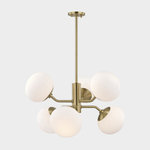
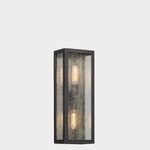
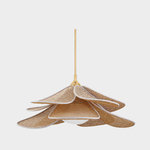


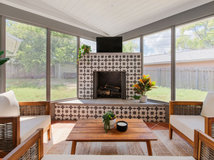
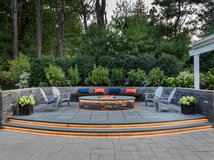
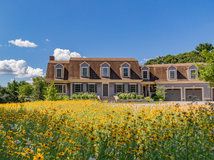
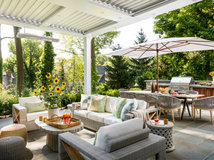

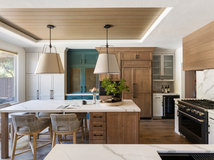
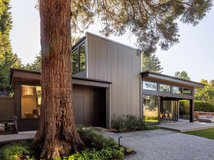
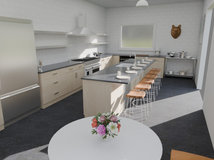
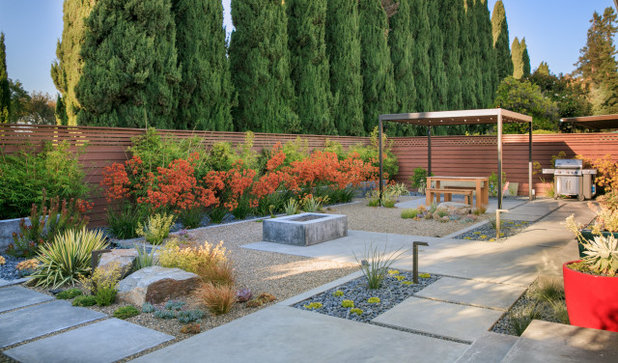
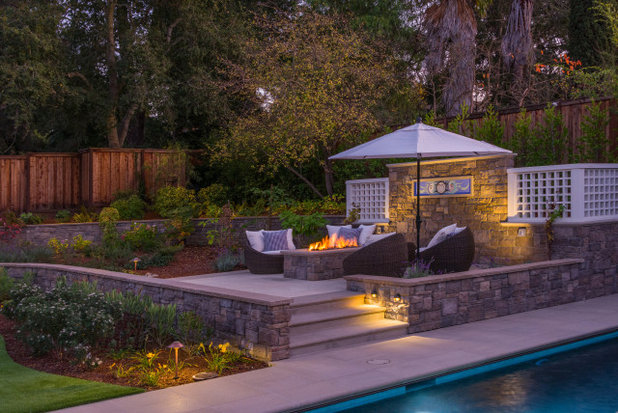
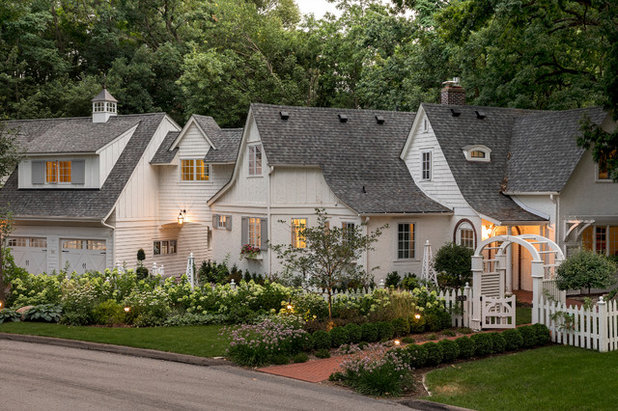
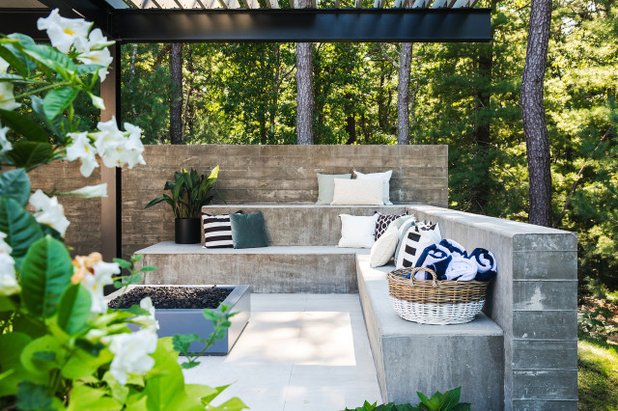
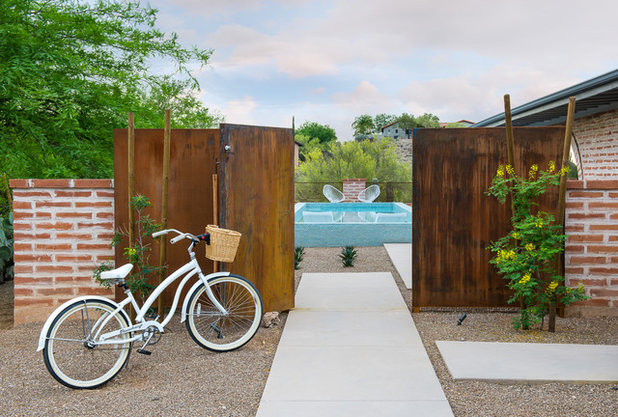
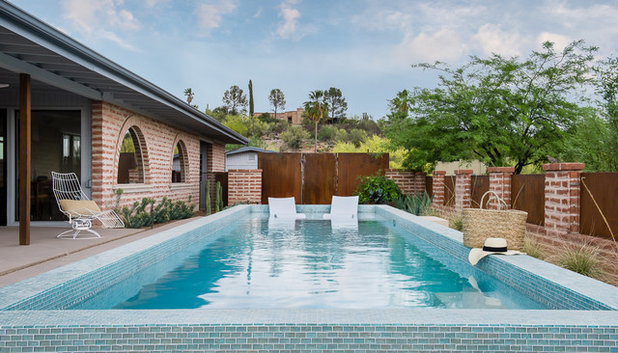
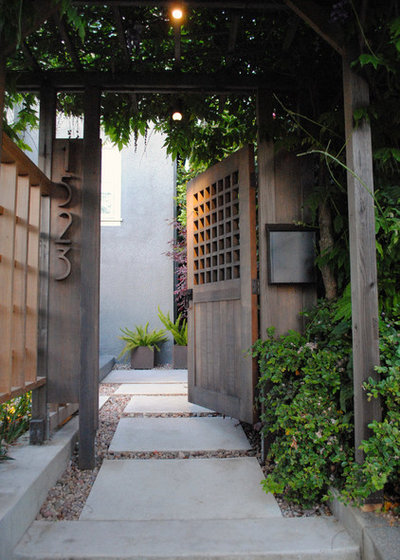
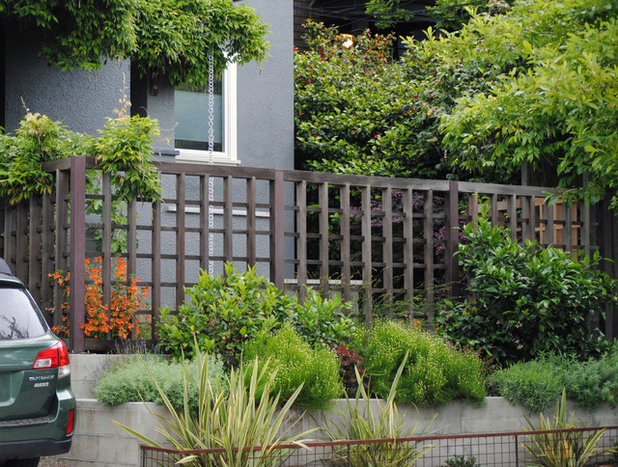
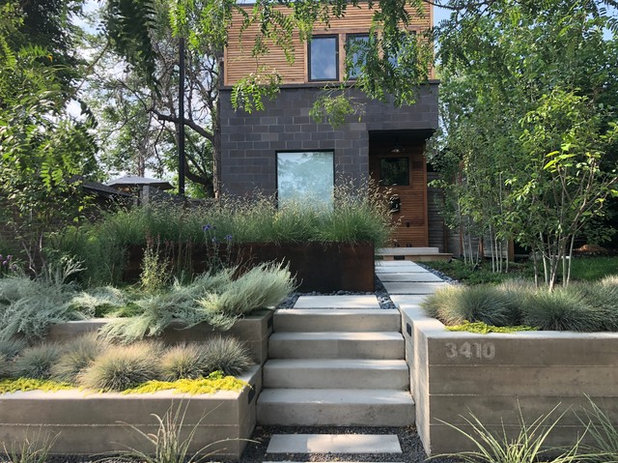
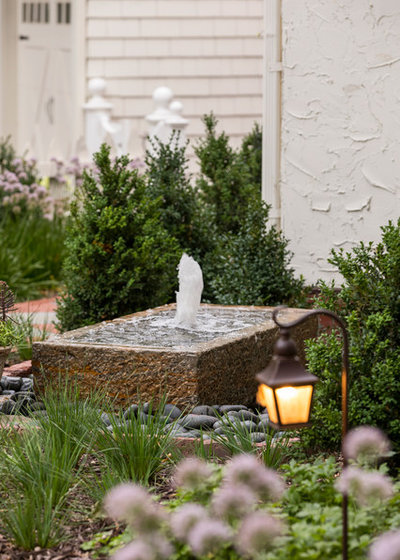
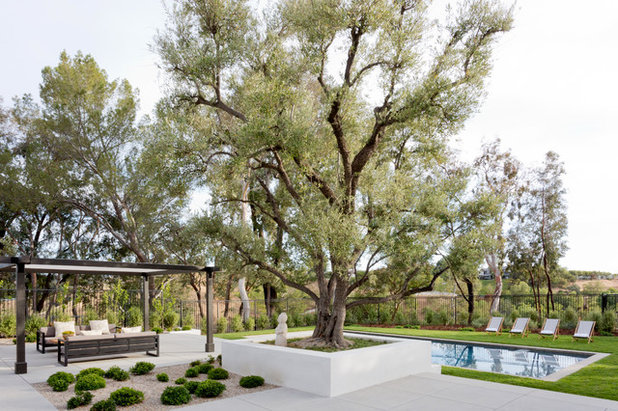
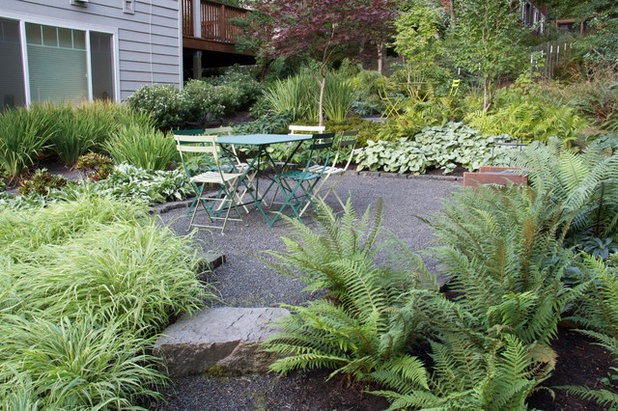
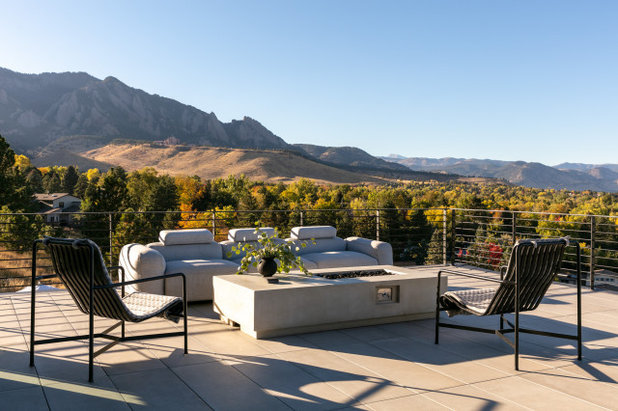
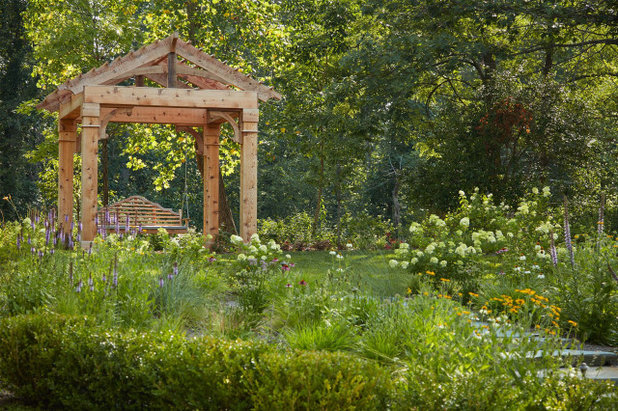



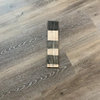

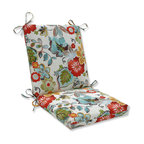
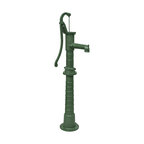
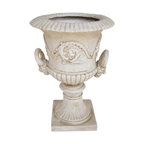



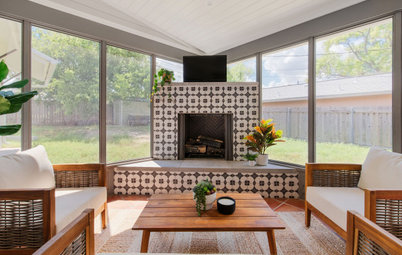
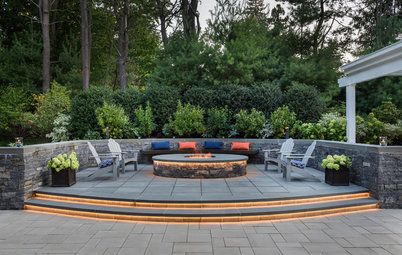
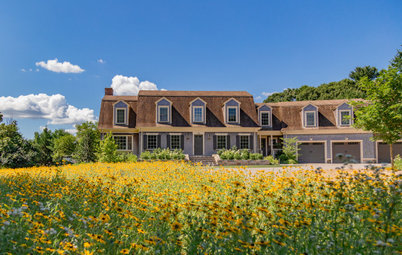
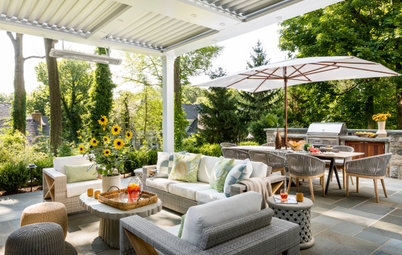
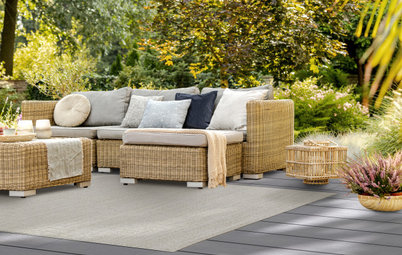
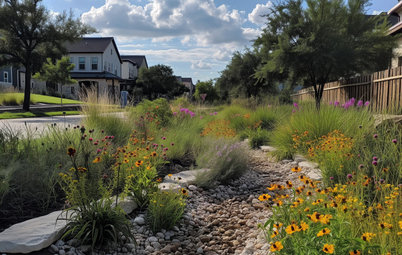
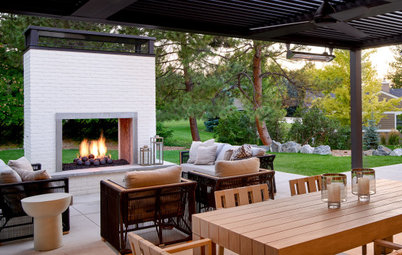
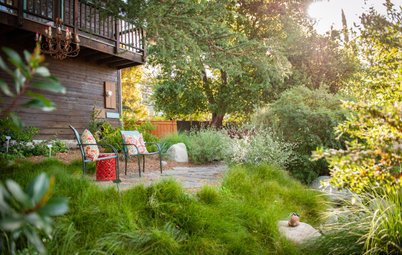
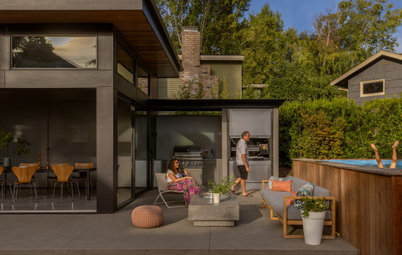
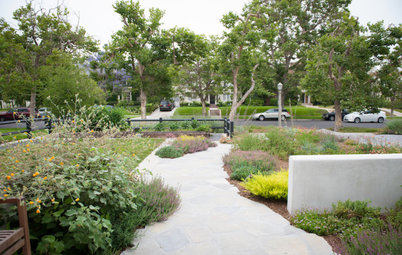
I LOVE that house in #2💓
Tretrenta,
I had the same problem & found my leave blower/vacuum worked wonders sucking up the leaves from the gravel!
This article seems to say invest in everything: quality plan, quality materials, quality contractors, quality furniture. That’s not much of an article. It certainly does not, contrary to its title, actually help any person determine where to allocate resources appropriately.